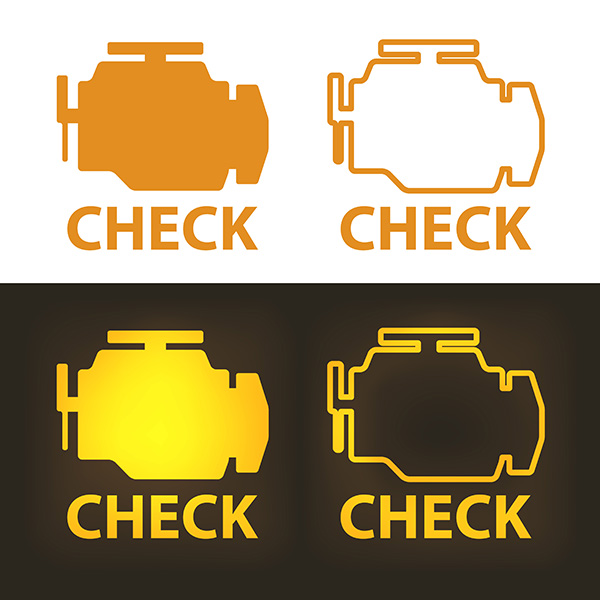
The check engine light can feel vague. It turns on, the car still drives, and you are left guessing what went wrong. Sometimes it clears on its own, then returns a week later. Other times it flashes, and the engine starts to run rough. That small light is tied to a large network of sensors and controls, and it is your early notice that something in that network needs attention.
What The Light Really Means
The light comes on when the engine computer sees data outside the range it expects. It can be something simple, like a loose gas cap, or something more involved, like a failing oxygen sensor. The computer stores a fault code that points toward the system that needs testing. That code is the starting point, not the whole answer. A proper diagnosis looks at live data, not just the code number, to confirm the cause.
Common Triggers You Can Fix Fast
A few issues account for a large share of check engine visits. You can often spot these quickly:
- Loose or damaged gas cap after a recent fill up
- Misfires from worn spark plugs or coils
- Vacuum leaks from cracked hoses or loose intake boots
- Dirty mass airflow sensor after a filter change
- Low battery voltage that confuses several modules
If the light appeared right after refueling, check the cap. Make sure the seal is clean and tighten it until it clicks. If the light came with a rough idle or hesitation, spark and airflow are good places to start.
Sensors and Emissions Parts That Commonly Set The Light
Oxygen sensors measure how well the engine is burning fuel. When they age, the computer gets slow or inaccurate feedback and turns on the light. The evaporative emissions system captures fuel vapors and is sealed on purpose. A cracked vapor line, a stuck purge valve, or a failing vent solenoid will set a code without leaving a puddle. Catalytic converters can trigger a light if they lose efficiency, often after long-term misfires or rich running that overheats the catalyst.
None of these parts should be replaced based on code alone. A sensor code can mean the sensor is reporting a real problem upstream, not that the sensor itself is bad.
When The Light Flashes, Slow Down
A flashing check engine light indicates an active misfire severe enough to risk catalytic converter damage. Unburned fuel is entering the exhaust and can overheat the converter. Reduce speed, avoid heavy throttle, and schedule service as soon as possible. Common causes include a failed ignition coil, a fouled spark plug, or an injector that is not metering correctly. Continuing to drive hard with a flashing light can turn a small repair into a converter replacement.
Why The Light Comes and Goes
Some faults are intermittent. A small vacuum leak may seal when the engine bay warms up. A weak battery can drop voltage during a cold start and create temporary faults that clear after charging. Evaporative system tests are often run after the car has been parked, so weather and fuel level can influence when a code is set. If the light goes out on its own, the code usually remains stored. A technician can view those stored codes and the freeze frame data that shows engine conditions at the moment the fault occurred. That snapshot is valuable because it captures temperature, load, speed, and sensor values that point to the root cause.
How Proper Diagnosis Saves Money
Parts swapping is expensive. Reading the code is the first five percent of the job. The rest is targeted testing. That might include smoke testing the intake for leaks, checking fuel trims at idle and under load, verifying sensor signal with a scope, or measuring backpressure to confirm catalytic converter health. A good diagnosis prevents buying a sensor when the real issue is a wiring fault or a small air leak that a sensor simply reports.
If the light came on after recent work, double check the basics. Airbox not fully seated, a connector not locked, or a pinched hose can set a code right after a service that would otherwise be unrelated.
Check Engine Light Help at Hometown Tire and Auto in Liberty, TX
When that light turns on, Hometown Tire and Auto will read the codes, check live data, and run the tests that confirm the real cause. We explain the findings in plain language and recommend the repair that solves the problem without guesswork. Whether it is a simple cap, an ignition part, or an emissions component, we will get your engine running clean and your light off.
Schedule your diagnostic visit today.